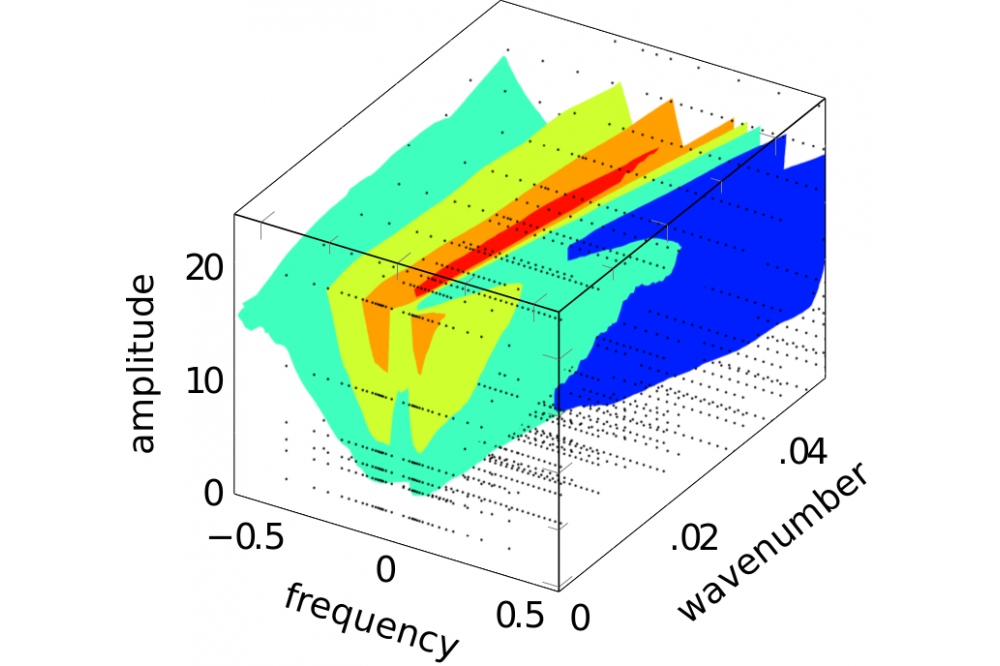Reynolds Number Effect on Turbulent Drag Reduction by Active Means
Introduction
The control and manipulation of turbulent flows is an extremely important subject in the engineering practice. In aeronautics, the potential benefits of even modest gains obtained from drag reduction devices can be understood by noticing that about half of the cruise drag experienced by current commercial aircraft is due to friction. Based on Airbus estimates, even a 10% reduction of this drag would result in fuel saving of about 150,000 Euro per aircraft per year, or 2 billion Euro saving over the world every year. Concerning CO2, 10% reduction in drag would directly yield savings of 60 million tons of CO2 per year. The present research project aimed at establishing the effectiveness of a modern technique, capable of reducing turbulent skin-friction drag, in a Reynolds (Re) number range closer to practical applications than currently available.
Methods
Active control strategies for wall-bounded flows based on the movement of the wall, either the entire wall surface or a portion of it, were reviewed by Quadrio.[1] Control strategies based on spanwise movement are quite effective in disrupting the near-wall coherent structures responsible for the cycle of wall turbulence self-sustainment, hence achieving reduction of turbulence kinetic energy, with subsequent friction relief. The present study focused on a particular control technique based on a periodic movement of the wall in the spanwise direction respect to the direction of the mean flow, the streamwise-traveling waves of spanwise wall velocity, [2] which have been proven numerically and experimentally to yield substantial drag reduction (up to 48%) for waves traveling slower than the near-wall eddies in low-Re turbulent flows. A sensitive issue of the control techniques is the possible effect of the Reynolds number, as Re of applicative interest are typically much higher than achieved in DNS so far. All available information on spanwise wall forcing to date concerns flows at very low Re and shows that the achieved drag reduction decreases for increasing Re.
Results
Hence, the present knowledge does not allow to predict whether and how much drag reduction can be achieved at high values of Re. The lack of information about the effect of turbulent flow control for drag reduction at high Re is mainly due to the increasing difficulties of running laboratory and numerical experiments with Re. On the one hand, the physical space- and timescales of near-wall turbulent reduce with Re, so that micro-sized actuators operating in kHz frequency range where required in a laboratory experiment. On the other, the computational costs for a Direct Numerical Simulation (DNS) increase exponentially with Re. Moreover, the amount of drag-reduction achievable with streamwise-traveling waves strongly depends on three different control parameters and the reynolds number.
Discussion
Therefore, few experiments are not sufficient to completely measure the behavior of this control strategy at high Re but a complete parametric study is needed. Exploiting the potential of the Lichtenberg-cluster of TU Darmstadt, we produced a dataset consisting of more than 4.000 direct numerical simulations at two different values of Reynolds number, in order to measure quantitatively the effect of Re on the achievable amount of drag reduction. The DNS computer code [3] is a mixed discretization parallel solver of the in-compressible Navier–Stokes equations, based on Fourier expansions in the homogeneous directions and high-order explicit compact finite-difference schemes in the wall-normal direction. For temporal advancement, the viscous terms are discretized using the 2nd-order implicit Crank-Nicolson scheme while for the nonlinear convection term the 3rd order explicit Runge-Kutta with either two or three stages, in order enable adjustment of the stability properties. The mean pressure gradient is kept constant in time, so as to yield an univocal viscous scaling among uncontrolled and controlled channels. The nonlinear convection term is computed pseudo-spectrally and de-aliasing is performed with the 3/2 rule.




